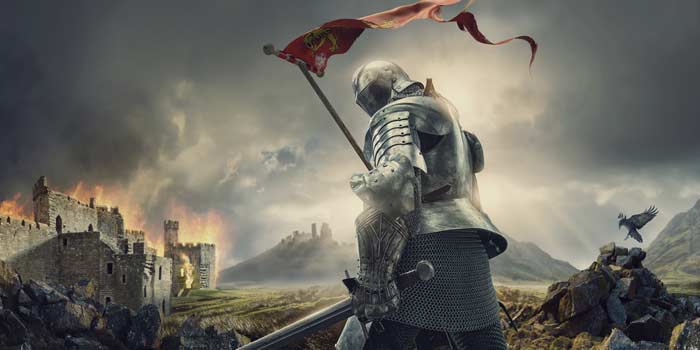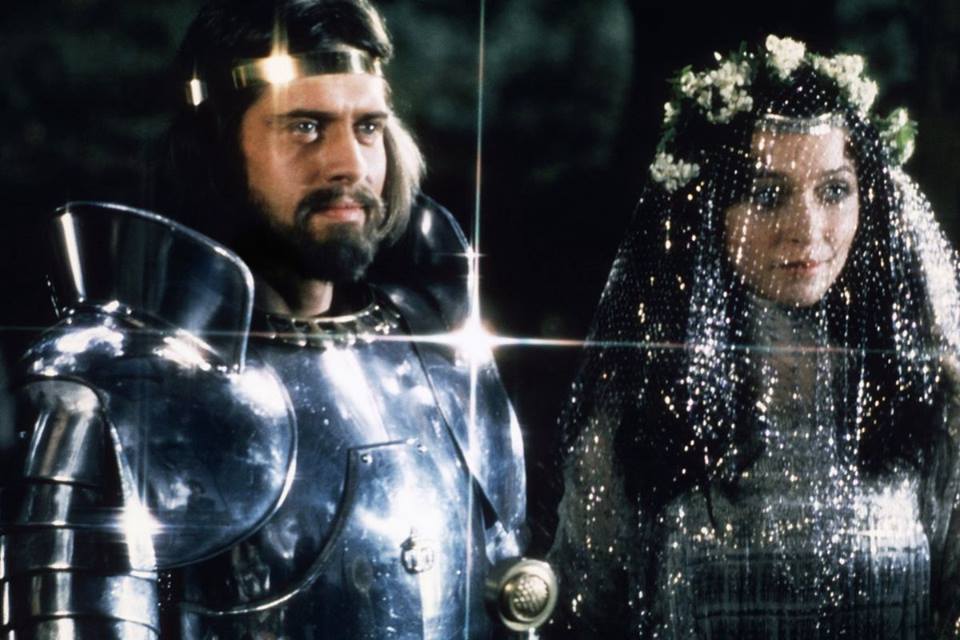



So a question comes to mind "What classes/characters are martial?". Technically the term "martial" means "of war", and D&D is a descendent of war games, with the 4 man band and its roles that fit so central to D&D ie the party was based on/or inspired by Arnesons take on the Fireteam from the military. That said it would defeat any real purpose to label D&D's arguably War Mages or Battle Druids or even its War Priests, martial. So lets narrow it down in D&D fashion. (Although D&D clerics could be designated as Hybrids - they dripped with magic and power to the degree its also pointless to consider them for our purposes) Let us start deeper in D&D then, shall we?
The Fighting man one of the first 3 classes is a reasonably our starting point the first branch off of it was arguably the thief it was seen by many at the time as stealing the ability of the Fighter to be the mundanely stealthy one who could climb and even jimmy the lock with nimble fingers the ability to over specialize for most didn't leave room for the Fighting man to have even the basic abilities in the activity. This could be seen as the beginning of the down fall of martial power (later developments where stealth and thieving skills became broadly available and the rogue became more of another competent type of warrior fixed some of that and the thinking may not have been too solid regardless. )
The Thief was introduced in the Strategic Review magazine just a year after the beginnings of D&D but but wasn't the only one who might be seen as splitting the fighting man’s power base. Also introduced in 1975 we have the Ranger and Paladin from Greyhawk supplement. These were arguably (Fighting man) ++ and from the beginning seen as types of Fighter, The paladin was literally a lawful high charisma Fighter who chose to be a Paladin. The dabble of spell magic either gained later were more fluff acquired only at fairly high level aka end game levels called “name” level. And then THE identified Martial Artist of D&D and yes the monk was also released in that year in the Blackmoor supplement. The following year we get a very versatile Fighter/Thief/Mage Bard with a dash of magic and magic by music attached It was considered/intended to be Skald like and rather martial although in its original form it had a dabble of magic from day one… some of it a direct reflection of artistry distinct from spell casting. Barbarians might the most recent broad addition to the martial umbrella 6 yrs later also as a subclass of fighter like rangers and paladin,
Perhaps another way of seeing these classes alongside the Fighter (who is arguably both the defender who becomes a Lord or the Weaponmaster of 1e and the clever Warrior Lord hinted at in 2e and realized in the 4e Warlord class) from the Oath bound Paladin and Monk and Ranger and Thief (later the Rogue) perhaps even the Bard might be seen as bringing forward a broader range with regards to Martial Power and the manner of its acquisition and expression.
The Tools of Martial Power can be found therein.
They demonstrated how with social power, skills and discipline and the power of oaths (though perhaps overly narrowed to the paladin or monk flavor but even barbarians were given anti-magic item oath-like feature) that extraordinary effects might be reached and would even evoke power akin to the magic of other classes, such as speaking with beasts and sensing of alignments or extraordinary magic resistance. Though there was also other ingredients the fighting man was meant to have special relationship with magic items in theory being able to use more of them AND they were according to Gygax at one point meant to match up with gaining spells for a mage ie it was that important (and this was limited for fighter++ types where innate ability also limited their magic item use) . Although rarely did the ideals work out that way. Tools for improving on that and making it more accessible have come along ways the ideas were there from the beginning.
Some of those tools might be seen individually as inadequate to the task or are seen as placing the heroes might outside of themselves or making their power sometimes feel too magical and other limiting factors.. However some of that is about implementation of magic and treating it as unlimited or not understanding the underlying numbers involved in the game. 4th Edition got us passed that and for the most part 5e did as well at least with regards to combat.
